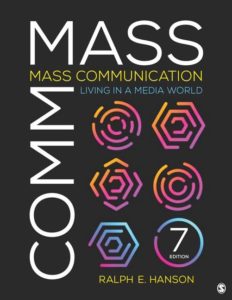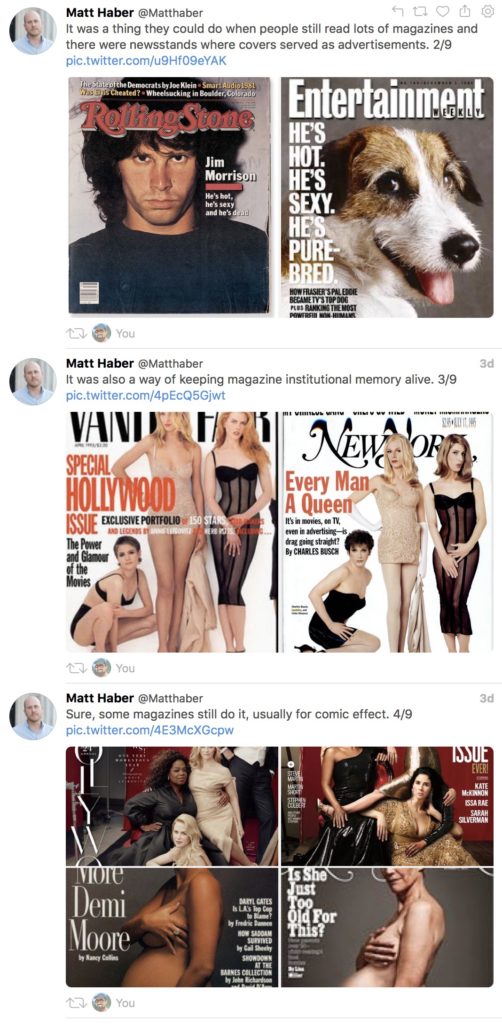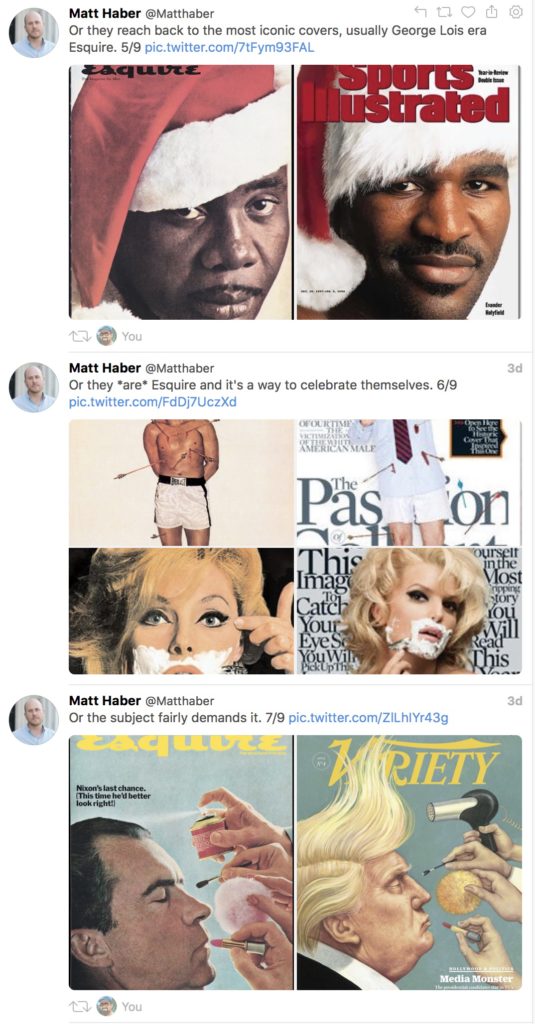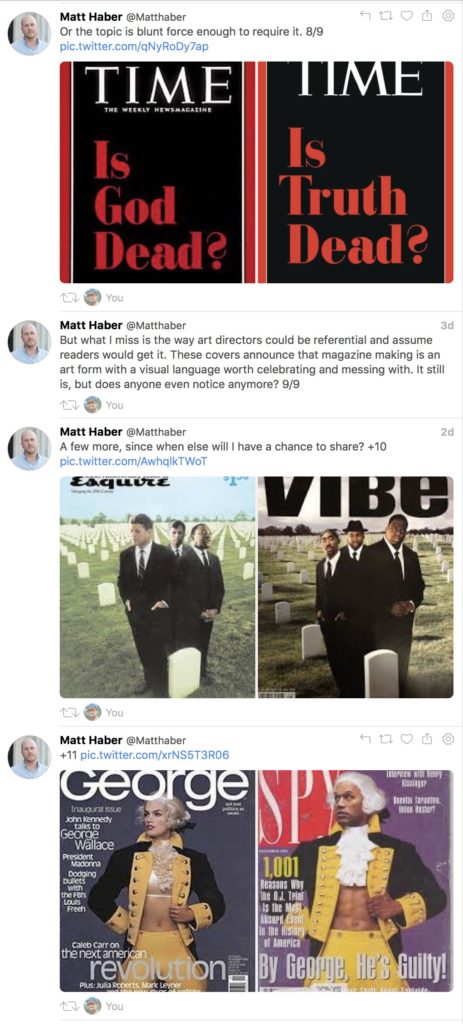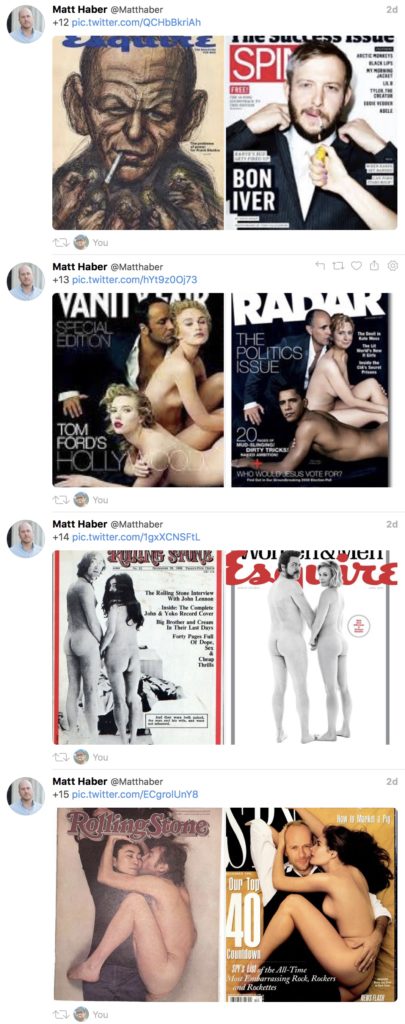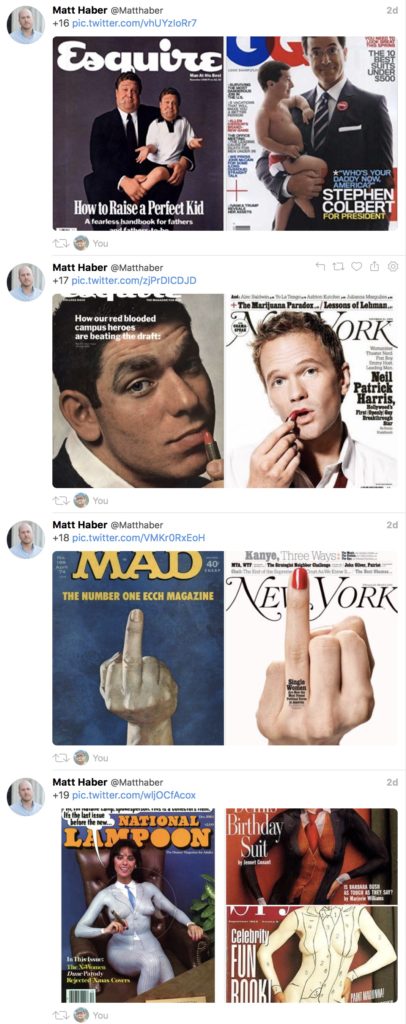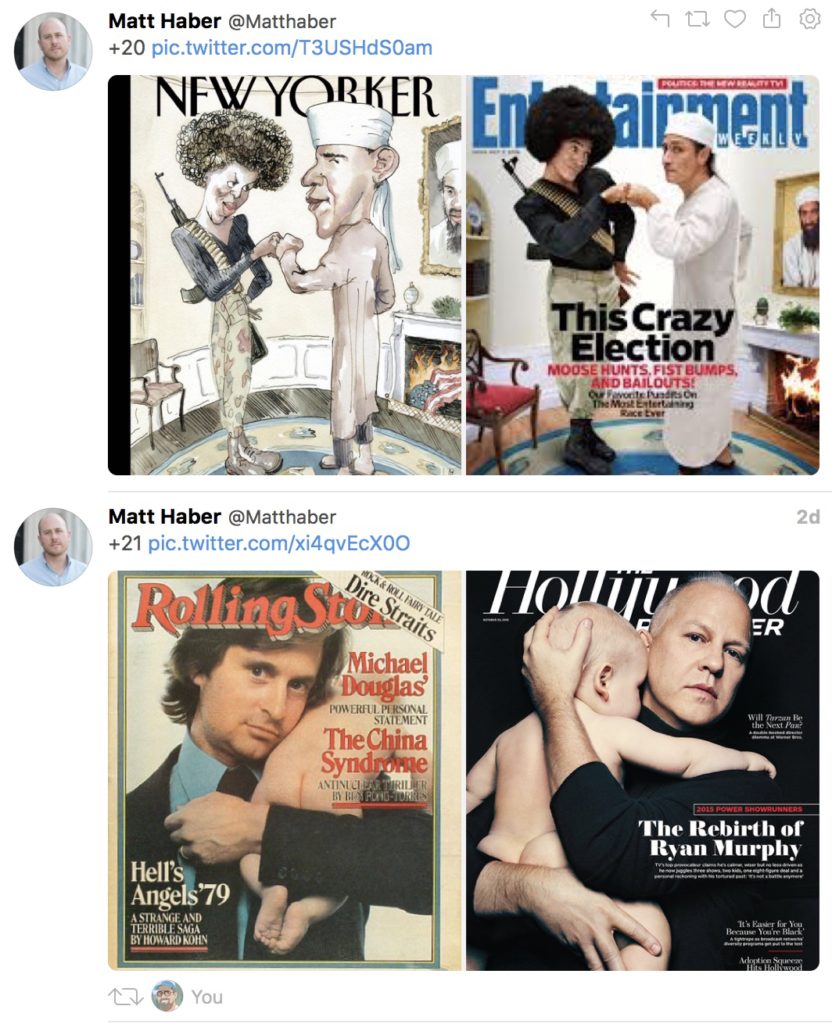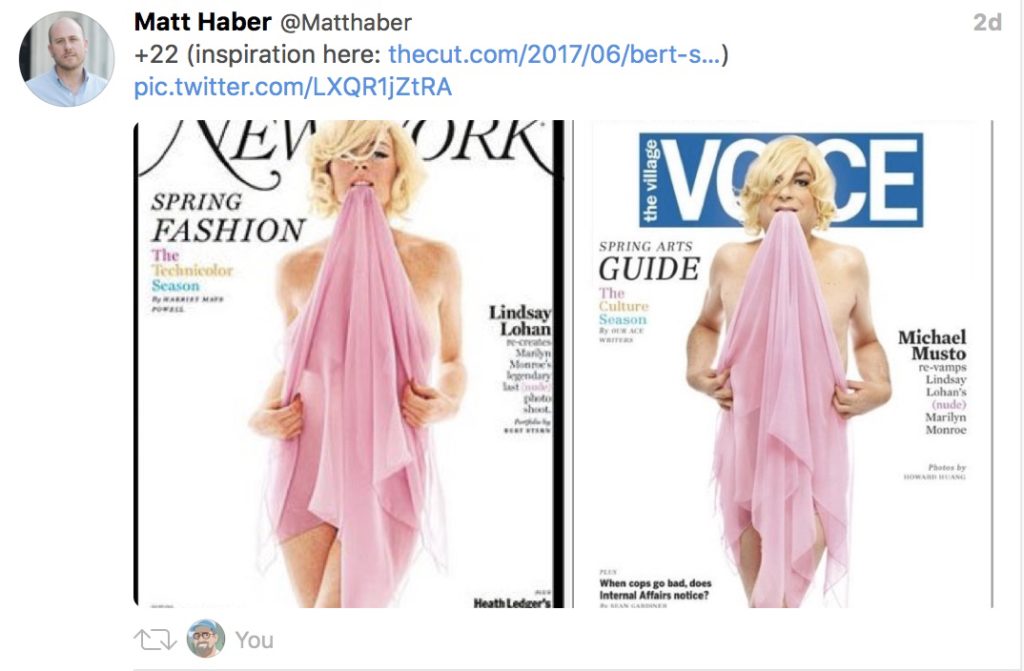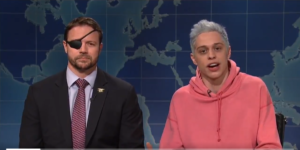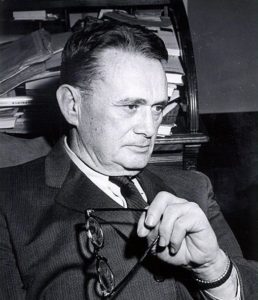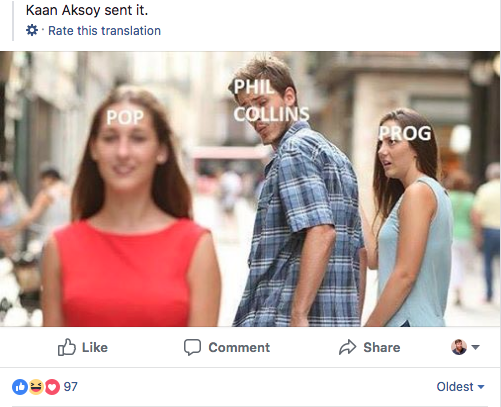We often hear charges related to perceived sins of the so-called mainstream media. But who exactly are these mainstream media? For some, the MSM are the heavyweights of journalism, especially the television broadcast networks and the major newspapers, such as the New York Timesor the Washington Post. For others, the MSM are the giant corporations that run many of our media outlets.
New York University journalism professor and blogger Jay Rosen says that the term MSM is often used to refer to media we just don’t like—a “them.” It isn’t always clear who constitutes the MSM, but in general we can consider them to be the old-line legacy media—the big-business newspapers, magazines, and television.
But are these old media more in the mainstream than our alternative media? Look at talk radio. Afternoon talk radio is dominated by conservative political talk show hosts, such as Rush Limbaugh and Sean Hannity. Limbaugh, in particular, is fond of complaining about how the MSM don’t “get it.” But how mainstream are the MSM? In April 2018, Fox News averaged 2.4 million viewers in prime time, MSNBC 2 million, and CNN about 1 million.
With all the talk of cable news, it’s easy to forget that the legacy broadcast networks have significant audiences as well: ABC with 9.4 million viewers, NBC with 8.9 million, and CBS with 6.9 million, as of the first three months of 2018. (The Fox broadcast network does not have a network evening news broadcast.) The Rush Limbaugh Show, on the other hand, averages 14 million listeners a week, and Fox host Sean Hannity’s radio show draws about 13.5 million listeners per week. (Note that television audiences and radio audiences are measured differently.)
So which is more mainstream? A popular afternoon radio show with a large daily audience or a television news program with a somewhat smaller audience?
And then there is video game streamer Daniel Middleton, aka DanTDM, who has nearly 17 million followers and more than 11 billion (that’s billion with a b) views on YouTube, streaming Minecraft and other video games. What could possibly be more mainstream than 17 million viewers and 11 billion views? Again, these numbers are not directly comparable with television ratings—they are much, much bigger. Overall, YouTube claims to have more than 1.5 billion monthly users. Most videos don’t get a particularly large viewership, but the combined total is massive.
So it is largely meaningless to describe one medium as mainstream and another as nonmainstream. They are all significant presences in our world. Can we distinguish between old and new media? Perhaps. Can we argue that our alternative sources of news and entertainment are any less significant than the traditional ones? Absolutely not.
See all of the Seven Secrets About the Media “They” Don’t Want You to Know 2.0


